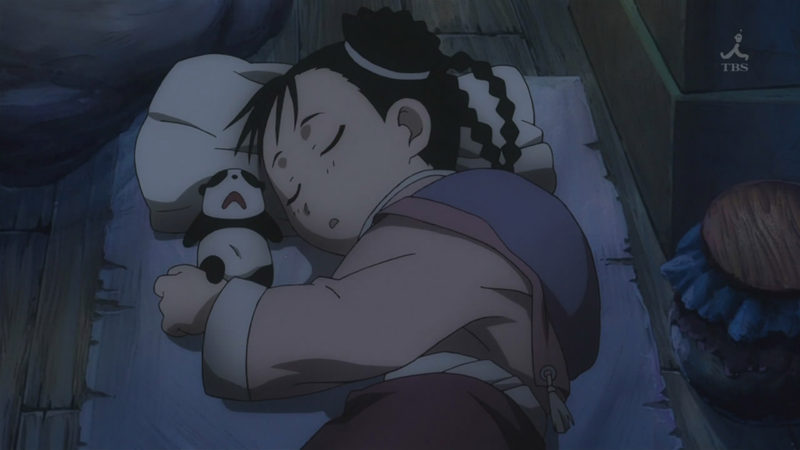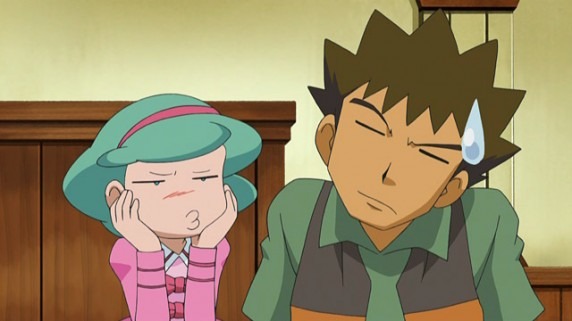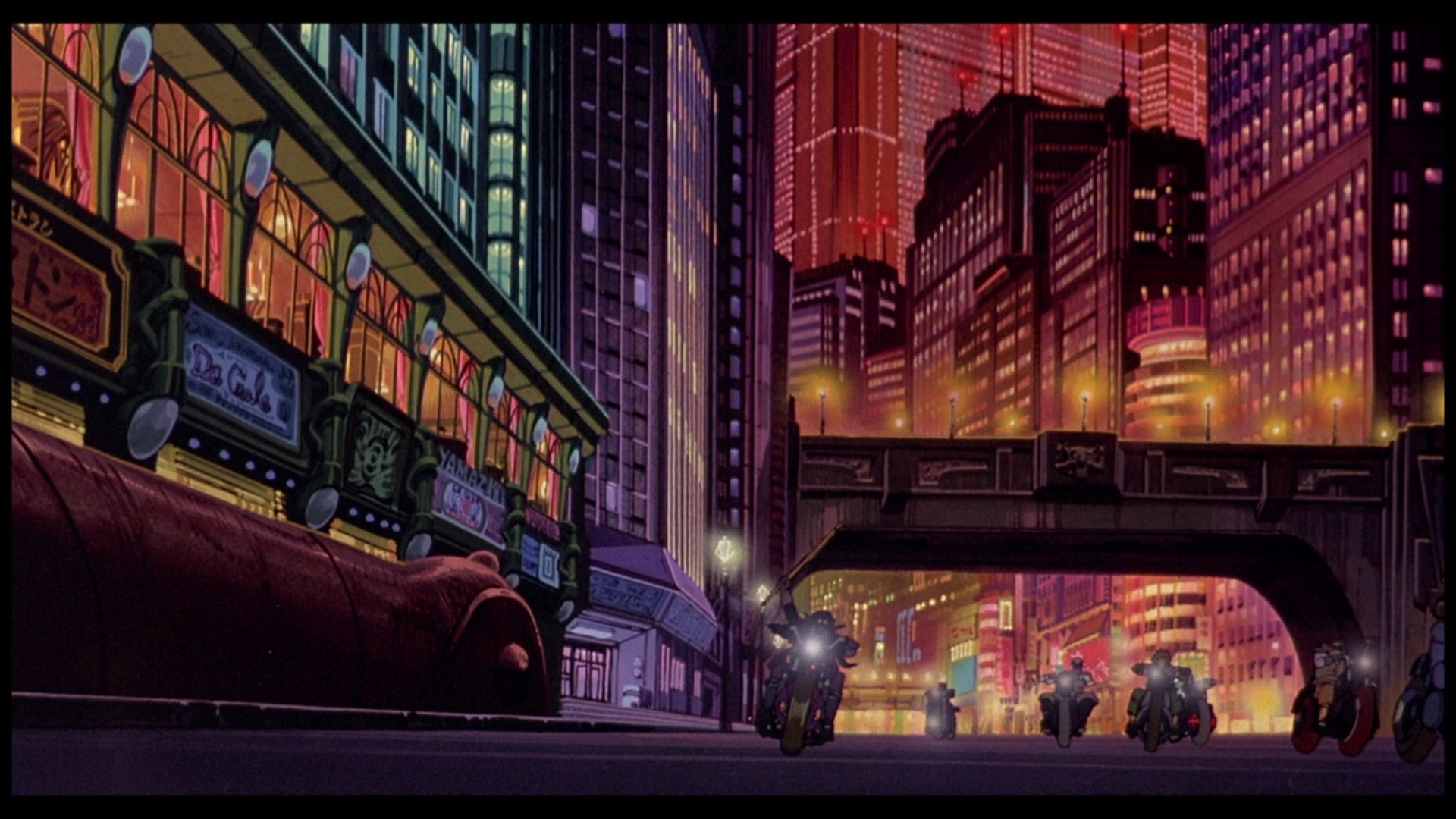
“What if” questions usually fall into speculation and aren’t that helpful. What if anime wasn’t Japanese? The question likely isn’t that helpful because Japan has stamped its culture on animation as we think of it. Anime has influenced how animation is done throughout the world, perhaps even more than Disney has influenced animation in recent decades.
But anime’s association with Japan has given the culture and country a strange influence on fans of the medium. Some of this is left over from Orientalism dating to the end of the Tokugawa period. Japan’s opening to the West exposed many to a culture that grew in relative isolation. The uniqueness of the culture entranced the West, sparking Japismo, Japanophiles, the Impressionists, and eventually modern otaku.
Japan has an aura for many anime fans similar to what Jerusalem has for Christians. Most serious anime fans dream of visiting, working, or living there. Just like pilgrims traveling to Jerusalem, many have an unrealistic view of the culture, based on anime and idealized aspects of the culture. Sexism, suicide rates, xenophobia, and other negative aspects of Japanese culture aren’t a part of their calculations.
Many see Japan as a culture better than all others. It isn’t. It’s just a culture. American culture can certainly learn quite a bit from it, such as the value of silence and the value of shared communal responsibility. But holding Japan above every other country because of anime or because of fondness denies the richness of other cultures. And this perspective returns me to my question: what if anime wasn’t Japanese?

Can anime be split away from Japan? What if anime came from Singapore or Vietnam? Zimbabwe? All of these cultures have as rich a history, as rich a collection of folklore as Japan. Granted, the animation style would be different, but I suspect the large-eye minimalism we associate with Japanese animation would appear in any culture that founded the medium. Disney animations were angling toward these designs before Japan’s anime exploded in popularity.
Animation focuses on universal aspects of being human. The expressiveness of the eyes, for example, is found across most cultures. Anime’s simplification would appear as it became widely commercial. It would look different, but if anime developed in a different country, we wouldn’t be able to compare the style to what we have now anyway. Simplification and emphasizing the most expressive aspects of the human body come from pressures to produce. You can’t quickly and cheaply produce animation with a lot of detail.
Japanese anime focuses on partial animation, drawing keyframes instead of every tween. This keeps costs down, but the animation can break down at times. In our what-if scenario, this development would likely still happen because of commercial pressures. Even Disney uses the technique in its TV shows. Most viewers can’t tell the difference, so why not?

The biggest part of this speculation is the pilgrimage. Would the culture be as big as Japanese culture is now with our hypothetical anime fans? I’m uncertain. Japan’s isolation grabbed the West’s interests and curiosity more than any other culture during the colonial period. Much of this was because of the medieval-like aspects and the Romantic movement’s focus on the European Middle Ages. By this time, most countries had been colonized. This isolation, romanticism, and lack of colonization gave Japan a mystique that it still enjoys in many regards. It carries over into anime.
I surmise anime without Japan would be much like Bollywood. People enjoy the films, but they don’t idealize India through the films like otaku do Japan. Otakuism sometimes feels like a religion whenever I read Reddit threads or forum posts. Though to be fair, people also fall into the cult-of-personality Hollywood creates.
What’s the point of this meander? After all, I’m just speculating. Anime is Japanese, and any other form of animation wouldn’t be anime as we know it. But behind much of the fetish for all things Japan lies the Japanese government. The government has set out to push its food, culture, and anime as a means to flex its power. Called soft power, this approach seeks to increase Japan’s influence across the world through the “Cool Japan” program. This isn’t nefarious, but it means anime has influence similar to Hollywood upon its fans. After all, Hollywood’s movies provide a means for the United States to spread its soft power.
Japan’s media has embraced its exoticism so it can market to the West. Anime has a lot of Japanese cultural quirks that aren’t softened for foreign audiences. If anime was from a different culture, one that doesn’t have the same aura of exoticism, I surmise the cultural differences would be blunted. For example, whenever I’ve seen South American soap operas that have been imported to the US, they feel much like an American soap opera. Cultural differences didn’t jump at me as much as if I was watching a Japanese drama imported for American audiences. If anything, I suspected the opposite to happen. I’m more familiar with Japanese culture than Hispanic, so the cultural elements should’ve jumped at me more with the Hispanic dramas.

I’ve noticed the same with films from other areas that were once colonized by European powers. They have an unfortunately homogeneous feel despite some cultural nuances. This could be because the films released here in the States don’t want to be cultural jarring, yet Japanese films and South Korean films feature their cultures and don’t worry about how jarring they can be. While I’m only speaking from my own observations (I’m far from being cultured or worldly), the Cool Japan program looks to be the difference. So if anime wasn’t Japanese, it’s likely it wouldn’t embrace its home culture and suffer from the same homogeneity I’ve observed from the dramas, although shows like Sabado Gigante certainly embraced their home culture. I hesitate to draw a complete conclusion by a small subset of shows; however, at the same time, if you watch a small subset of anime, there’s no doubt to its “strangeness.”

Japan’s role as a goal or pilgrimage among Western anime fans is by design (Daliot-bul, 2009). The Cool Japan program has succeeded in increasing Japan’s influence. If anime wasn’t Japanese, it wouldn’t have the same, almost religious, influence as it does now. That is, unless the hypothetical government decided on it’s own cool-culture program.
Anime has become the most common form of animation. I’d like to see other cultures create their own animation studios. Many have, but anime and Disney crowds them. Anime has become such an international influence, that I can see the genre losing its ties to Japan just as Disney’s original style lost its ties to the United States and became the style of other studios. When anime does this, the variety of stories anime could feature and the diversity of style that would develop from it could be remarkable.
References
Daliot-bul Michal (2009). Japan Brand Strategy: The Taming of ‘Cool Japan’ and the Challenges of Cultural Planning in a Postmodern Age. Social Science Japan Journal 12 (2) 247-266.




Another interesting post. I can only comment from a observational perspective being in Japan a while. For how manga and anime came to be as they are, I think one has to get how Japanese people and society are like. There are a couple things to know: 1) Japanese life is generally linear, and it is preferred and expected to be, 2) Japanese life is generally private and territorial. These are why all of these particular industries exist in modern Japan such as, not only manga and anime, but also video games, net cafes, hostess clubs, soaplands, and rental families- to aid individuals through such life. In order to market these things, they have to be colorful, wacky, emotional, cool, different- anything in contrast to real life Japan, which is pretty grey, routine, quiet, and occasionally lonely. The people working in these industries are bound to the same stresses as any other worker, so they have to come up with acceptable work in a certain amount of time. Remember, these end products weren’t made for a global audience, they were made by Japanese for Japanese. But as a result of such a domestic situation, they became fascinating and marketable to the outside world. I think it’s because of this particular situation that Japan’s animation is what it’s become, and wouldn’t be really duplicated elsewhere.
Thanks for your assessment, Mark! It seems the shared desire to escape to a “better” life sits behind the extreme interest many American anime have. I surmise that if it wasn’t anime, it would have been something else.
I’m not sure I entirely agree with “Cool Japan” being successful because it’s mostly anime/otakuism at this point. I’m comparing this with Korean pop culture, which with BTS/Blackpink has become a mainstream soft power phenomenon that Japan wishes it had.
There’s a bunch of criticisms about Japan’s promotion of their pop culture material because they want it to proliferate, but want control of what to release at the same time. Korean pop culture is like “Here you go. All for free!” I think of Nintendo’s policy to shut down anyone who wishes to use their games (i.e. Smash Bros.) for streaming in big third-party events if they aren’t directly involved. Their way of handling manga releases digitally compared to anime is poor at the moment.
I used to work with some members of the Japanese community in NYC in promoting pop culture many years ago and from what some told me, the control that Japanese execs from their homeland want has pissed them off due to restrictions they want when Americans want freedom to enjoy their content. Region locks (especially for Japanese MVs) are still notoriously a thing.
I agree with you. Cool Japan worked at first. Anime and manga eventually became known by most people,even if it was just “Japanese cartoons kids like.” Do you think Japanese execs hold their IP so close because it is such a lucrative export? Maybe they fear the Korean model will undermine their profits?
I think it’s pretty much that because their IP is so lucrative that they want to have say in everything when the global economy doesn’t always work that way. I can speak for the manga industry in that many of its members don’t really think about overseas reception about their works until someone actually tells them.
I remember that notable manga artists (like Naoki Urasawa & Naoko Takeuchi) were VERY protective about allowing their publishers to put their work online for sale in the past and it took some convincing over time.
I don’t think Japan is scared because the Korean IP model seems like it’s very reliant on internet exposure versus physical sales of things (which Japan does better at). I could be wrong.
I’ve seen that response from Japanese companies too. For example, I play Final Fantasy 14. SquareEnix seems to ignore the feedback from the West until it leaks onto the Japanese forums. It is ironic because there are more Western players the last time I looked.
Hi, I’m a Japanese women who had read many anime and manga in my life. The article was really interesting. I contemplated what if anime isn’t flourished here. Because I believe most of Japanese are introvert, they must devote their time to other time-consuming thing even if there’s no manga. For me, I used to read manga for especially girls all the time when I was in primary school. (I know the kind of manga is different depends on gender. ) Anyway, at that time I was looking forward to read monthly published manga, and I used to practice how to draw shiny eyes referencing to instruction materials(it was really common!). And of course, my future dream job was manga artist.
In a nutshell, manga and anime occupy our life and created most of Japanese society. It’s also useful to teach children important lesson (what should be done and not / the importance of friendship etc..). I consequently presume Japanese would make other thing instead of manga if manga isn’t existed.
Thank you for your thoughts, Mio. I had considered how the disappearance of manga and anime would effect Japanese society, but I lacked any good conclusions. Do you think Japan would adopt our hypothetical country’s animation and stories? Let’s say Indonesia became an animation export country. Do you think Japanese society would have consumed that in the absence of anime and manga?
Hi Chris,
I never seen Indonesia anime, so I checked it now. Because Japan is an isolated country where most of people speak just Japanese, we rarely import foreign culture. So, I would say foreign animation can’t be widely known among Japanese unless the language is understandable. Also we don’t belong to any religion. If they feel a bit of religious sense from that kind of anime, it’s easy to assume that they avoid it and don’t accept it. To conclude, it’s difficult to go viral foreign things in Japan,
due to language, unique mentality, and so on..
I’m not certain what sort of animations Indonesia has. I’ve seen some good artists come from that country, however. I had read that Japan remains insular, especially for foreign media. I’m glad to have you confirm what I’ve read. Thank you!